When breastfeeding, a woman has to limit herself in the choice of dishes. Some foods cause allergies in the baby, others upset digestion. At the same time, a nursing mother should not have a lack of nutrients. One of the most controversial dishes is pork. Is it possible to breast-feed pork , the article will tell.
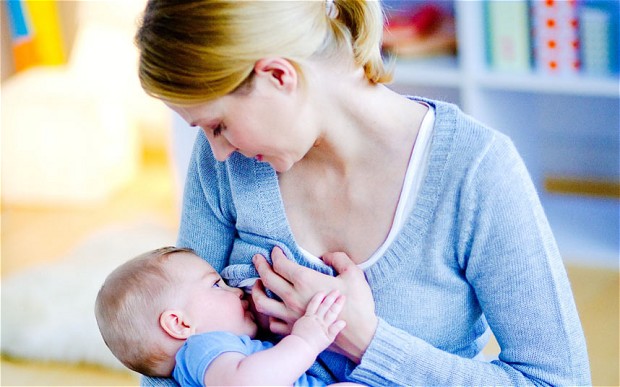
GV diet
It is believed that many foods should be avoided when breastfeeding . Sometimes after the stories of friends that after childbirth you will have to eat one buckwheat, and pork during breastfeeding is contraindicated, the future mother will panic and she refuses to breast-feed her baby. But such an opinion is not justified. A nursing mother must adhere to the following rules:
- Limit yourself to nutrition for 1 month after giving birth. The child is very small, and it is not clear whether he suffers from allergic diseases or not. Therefore, during the neonatal period, hypoallergenic products should be preferred.
- You can not follow diets for weight loss. Such a diet will negatively affect the health of mothers and babies. Deficiency of nutrients will affect the condition of hair, nails and skin.
- The volume of food should increase slightly. Just add a light evening snack.
- The basis is a varied diet without frills, the food should be balanced.
- When introducing a new product, it is necessary to monitor the reaction of the baby. If redness appears or the baby is naughty, you should cancel the product for a while.
- Nutrition should be of high quality and natural.
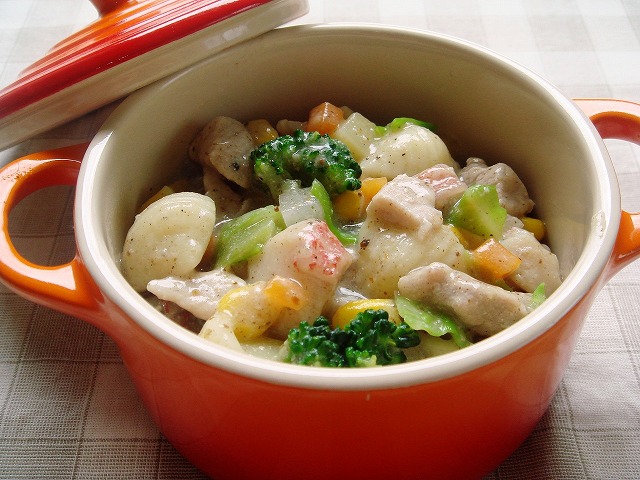
Allowed Products
If a newborn drinks breast milk, then mother needs to get acquainted with the list of products that are allowed for HS:
- bananas and baked green apples;
- green and yellow vegetables (broccoli, cauliflower, zucchini, potatoes);
- non-carbonated drinks, dried fruit compote, juice (apple, pear, grape);
- steamed baked meat (rabbit, turkey, chicken, beef, pork can be breast-fed with low-fat varieties);
- dairy products (kefir, fermented baked milk, yogurt, cheese, cottage cheese);
- low-fat white fish (pollock, putasu, flounder);
- porridge;
- bread;
- butter (vegetable and butter).
These foods should be in the mother’s diet after giving birth. In the first month, it is better to choose hypoallergenic components. In cereals, give preference to sin, rice and corn, gradually adding the remaining cereals. It is better to choose meat rabbit or turkey, after 2 weeks include beef, chicken and then pork.

Prohibited Products
Some foods should not be consumed during the entire period of breastfeeding. First of all, foods that cause an allergic reaction or digestive problems are excluded:
- fruits that do not grow nearby (citrus and exotic fruits from other countries);
- carbonated and alcoholic drinks, including beer;
- meat fatty broths;
- mushrooms;
- pickled or salted preparations;
- canned food, products containing preservatives;
- fatty, fried meat, lard, smoked meats;
- sausage, sausages;
- chocolate, bakery products with a long shelf life;
- fast food;
- mayonnaise;
- spicy seasonings, additives;
- margarine.
Partially Approved Products
A nursing mother should know the list of products partially resolved for HB:
- 2-3 months after birth, you can include raw vegetables of green or yellow color, greens;
- high-quality brewed coffee is allowed after 6 months, after the introduction of complementary foods;
- seafood with caution after 6 months;
- egg protein is injected after 4 months, following the reaction of the child;
- do not abuse sugar and salt;
- bakery products in small quantities;
- semolina and pasta 1-2 times a week;
- add whole milk to porridge or tea, do not use it in its pure form;
- enter cabbage soup and borsch on vegetable broth after 3 months;
- Freshly squeezed apple juice after 1 month.
Subject to the lists of allowed and prohibited products, a nursing mother will preserve the health of the child and be able to fully eat.
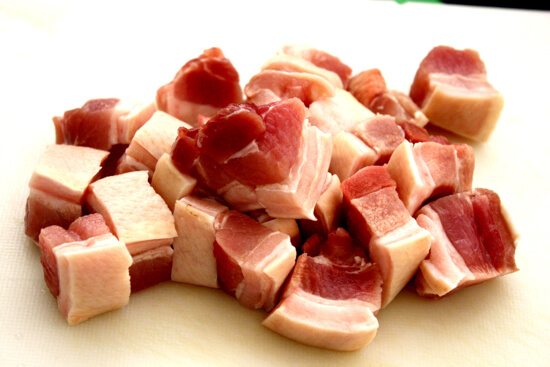
The benefits of pork
Pork is rich in protein, which is the basis for the construction of new cells and the growth of the child. The composition contains B vitamins and choline. Thanks to these components, the level of cholesterol in the blood is reduced, immunity is increased, the functioning of the nervous system is normalized, metabolism is strengthened, the skin and mucous membranes are protected from infection.
Pork contains vitamins A, D, E, essential amino acids and minerals: iron, potassium, phosphorus, magnesium, sodium. Protein in 100 g of pork contains 24 g, fat - 11 g, calorie content of lean pork is 160 kcal.
Due to the content of vitamins and minerals, pork benefits the body:
- increased efficiency, increased vitality;
- beneficial effect on the nervous system, helps relieve fatigue;
- has a positive effect on the activity of the circulatory system;
- allows you to make up for milk deficiency and increase lactation in women during breastfeeding;
- helps strengthen bones;
- enhances immunity.
Harm pork
Pork when breastfeeding can harm mother and baby. Why you can not eat this meat in large quantities:
- excessive consumption of fatty pork leads to obesity;
- lipids in meat lead to arthrosis and arthritis;
- may provoke the development of allergies;
- with improper heat treatment of meat, there is a risk of infection with helminths;
- it is believed that pork provokes cancer;
- the use of fatty meat creates an additional burden on the liver and gall bladder;
- the abuse of meat leads to an increase in cholesterol.
The meat sold in the store may contain additives that adversely affect the health of the mother and the baby. It is especially harmful to eat fried pork.
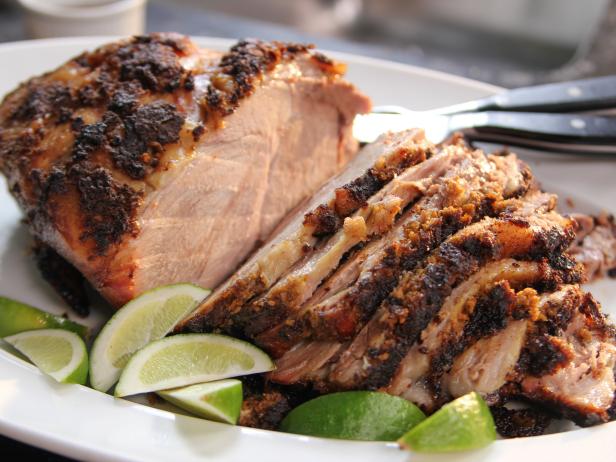
How to eat pork
Pork during breastfeeding is not contraindicated, but the product has useful and harmful properties. Nursing mother must pay attention to the rules of cooking and eating meat in order to benefit from the product and reduce the harmful effects.
It is necessary to introduce meat into the diet of a nursing woman 3 months after delivery. During this time, the child adapts to the nutrition of the mother. The period of colic will end, and with the introduction of a new product, the reaction or its absence will be more noticeable.
It is better to bake, stew, cook meat. Roasted meat must be completely discarded. You can enter the pork liver, it contains little fat.
Choose pork lean. Fat should be less than 10%. It is desirable that the meat was chilled, pink. When pressed with a finger, the flesh must be restored.
Before the introduction of meat, you must cook the broth and try it. If there is no reaction in the child, you can try meat. First you should eat no more than 50 g. Gradually increase the amount to the norm of 150 g.
If a child has a reaction to a new product, then it must be canceled. The next time you can try to enter no earlier than a month later. In the absence of allergies, pork should be on the menu 2 times a week.
You can make a lot of pork from breastfeeding, the main thing is that the dish is healthy and non-nutritious.

Fat and kebab
Shish kebab is a favorite pork dish, traditionally prepared in spring and summer. Should mom refuse it or can I eat a piece?
Pork shish kebab is not recommended for breastfeeding. Fats and carcinogens contained in meat on charcoal will adversely affect the digestion of the child, especially in the first 3 months of his life. Sauces and marinades served with the dish can cause poisoning.
Excess fat and high calorie content provoke constipation, intestinal colic in a child. Marinades from mayonnaise, onions, garlic, in which the meat is soaked, are contraindicated in breastfeeding.
Overcooked meat will cause pain in the abdomen in a child, unroasted meat will provoke digestive upset or the occurrence of infectious diseases.
If mom picks the marinade correctly and cooks the meal well, sometimes a couple of slices of pork can be allowed. It is best to eat kebab with stewed vegetables. As a marinade use kefir or mineral water, a small amount of salt and herbs is permissible. In the cooking process, it is necessary to monitor the readiness, it is best to cut the meat into small pieces and bake on a wire rack.
It is better to refuse breast fat to a woman who is breastfeeding. Excess fats will not benefit the baby and mother. But if mom really wants salty bacon, then after 6 months you can eat a small piece. Smoked bacon is strictly prohibited.
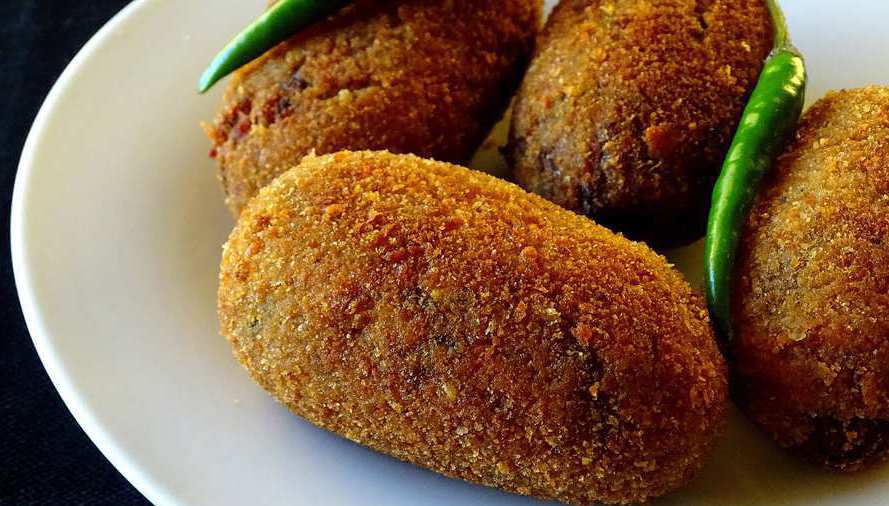
Breastfeeding Recipes
In a limited amount, you can eat pork during breastfeeding. Recipes for cooking can be different:
- Braised pork with vegetables. Pork without fat is put in a slow cooker or stew-pan and a little water is poured, after the meat is stewed until half-cooked, zucchini, cauliflower, carrots, potatoes and salt are laid. Stew on low heat until cooked.
- Pork cutlets. When breastfeeding, the meat must be carefully freed from fat and twisted in a meat grinder. Buying minced meat is undesirable. You can add raw grated potatoes to cutlets. Thus, the dish will become less greasy.
- Soup with potatoes. Low-fat pork is boiled, cut into pieces. Coarsely chopped potatoes, carrots and onions are added to the broth. Boiled until tender.
Monitoring the condition of the child
When introducing a new product, you need to pay attention to the condition of the baby. Particular attention is paid to overall well-being. The baby should be active, suckle well, sleep soundly. The baby should not have a stomach ache. The baby does not cry out periodically, does not get nervous during feeding.
A healthy child has even skin without red spots or rashes. If the skin becomes dry after the introduction of a new product, then this product should be temporarily excluded from the diet of the mother.